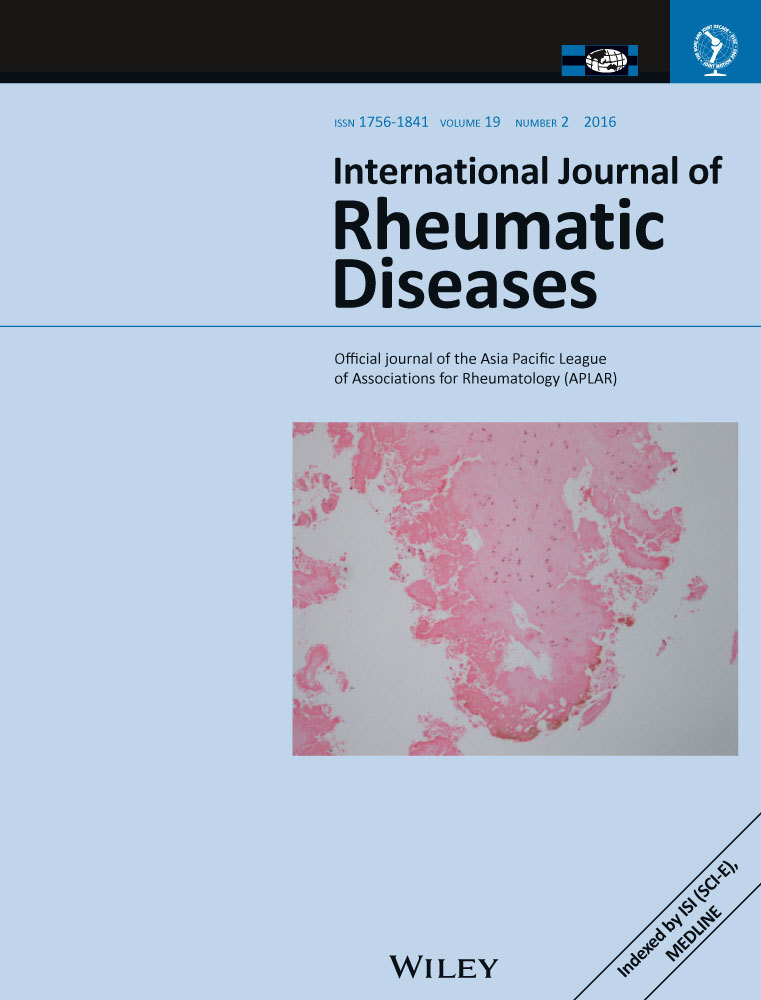Preventive and remedial application of etanercept attenuate monocrotaline-induced pulmonary arterial hypertension
Abstract
Aim
To evaluate the efficacy of etanercept (ETN) on monocrotaline (MCT)-induced pulmonary arterial hypertension (PAH) in rats.
Methods
A PAH rat model was induced by intraperitoneal injection (i.p.) of MCT (60 mg/kg) once and ENT therapy (2.5 mg/kg twice a week i.p.) was initiated on the day following MCT injection (prevention protocol) or after PAH is established (remedial protocol) for 2 weeks. The mean pulmonary arterial pressure (mPAP) was measured using a right heart catheterization technique; quantitative determination of lung small artery blood wall thickening observed by hematoxylin and eosin staining; the expression of tumor necrosis factor (TNF)-α and interleukin (IL)-6 in the rat lung tissues were determined using immunohistochemistry.
Results
Both preventive (12.53 ± 3.8 vs. model control 28.67 ± 7.57 mmHg, P < 0.01) and remedial (35.95 ± 20.29 vs. model control 66.17 ± 24.29 mmHg, P < 0.01) applications of ETN could significantly reduce mPAP. We obtained similar results when using the R-value to assess the efficacy of ETN in two treatment groups (preventive groups, 0.273 ± 0.018 vs. 0.203 ± 0.036, P < 0.01; remedial groups, 0.227 ± 0.031 vs. 0.124 ± 0.008, P < 0.01). The immunohistochemistry staining showed that there were strong expressions of TNF-α and IL-6 in the lung tissues of model groups and decreased expression in both treatment groups.
Conclusion
Treatment with TNF-α antagonism ETN prevented and reversed MCT-induced PAH by reducing inflammatory cell infiltration. Our results suggest a critical role of TNF-α and inflammation in MCT-induced PAH progression and targeting the inflammatory environment might be a potential means of PAH treatment.




